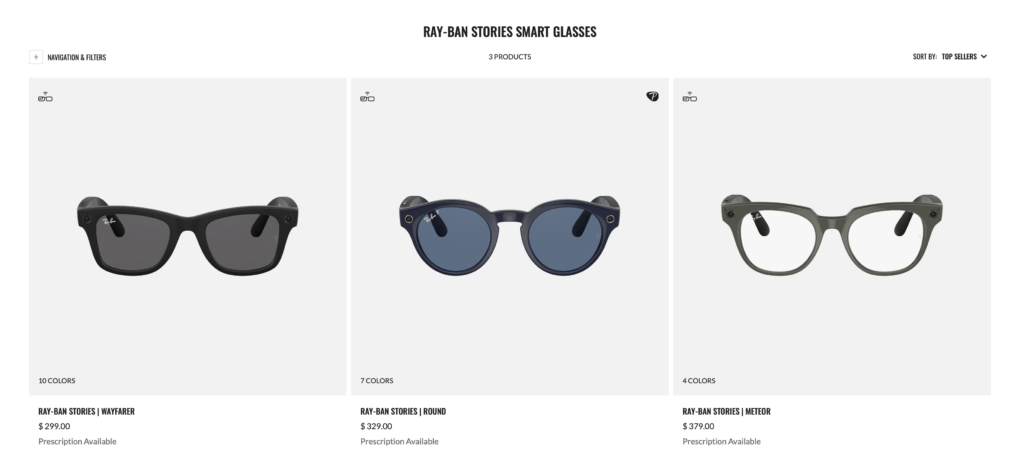As Apple’s WWDC approaches on June 5, excitement grows for what could be the first reveal of Apple’s long-awaited debut of a AR/VR mixed reality headset. After 10 years of rumors, what can we expect? I explore the possibilities. (Photo above is Oculus headset)
Expect a pricey debut
Just as Apple does with every product debut, if it materializes this year, we can expect a high-priced first generation headseat. This is the Apple standard: to debut with a price high model and then offer different versions at various price points later. The first iPad, Watch and iPhone models were introduced this way. Multiple sources have the upcoming headset priced at $3,000 with sales starting later this year and production starting in December. As Apple does in next-gen models, it lowers the price of upcoming models and provides different quality of features, as well. Experts predict a lower cost version to become available in 2024-2025.
What will it be?

Early reports say that the device won’t be the sleek, streamlined product we are used to from Apple, but more of a work-in-progress. Expect it to be bulkier and “unlike other Apple products, the device is debuting in a still-experimental mode,” says the WSJ. Apple’s device is expected to support both augmented and virtual realities (want to know the different between AR and VR? Here’s a good primer). Meta’s Oculus is the best-know VR headset on the market and the current industry standard. RayBan and Snap make some of the more popular AR goggles. Apple’s mixed reality device could make it a viable contender in both spaces. The WSJ reports that the device will look like ski goggles and an external battery pack that could work like this:
Why the debut is unlikely to make VR mainstream
According to Macrumors, “Apple expects to sell just one headset per day per retail store, and the company has told suppliers that it expects sales of 7-10 million units during the first year of availability.” This device is expected to be of interest to niche, first-adopter markets, with questions of whether this device will ever turn into a must-device as the Apple Watch and iPad became. The biggest hurdle for Apple and all players in this space is content. Currently, there’s no go-to app for VR content right now in the way we have for entertainment like Apple TV and Netflix.
YouTube and Meta are growing in this space, but where Apple goes, content is sure to follow. For this technology to be appealing to the masses, the device price point needs to be more palatable AND there needs to be desirable content that make users feel FOMO for not accessing. None of the corporate giants have figured out the formula – yet, as the WSJ points out:
Facebook-owner Meta Platforms has struggled to keep users engaged and maintain sales for its latest virtual-reality headsets. Walt Disney Co. shut down the division developing strategies for the metaverse. Microsoft recently shut down a social virtual-reality platform it acquired in 2017 and trimmed back the team building a headset that it had been preparing as part of a U.S. military project.
WSJ
It will be crucial for the industry to hear about plans for content creation from Tim Cook and executives when they take the stage at WWDC. Just as the media industry experimented in the early 2000s with the downloadable content model and transition to streaming, the industry is doing the same now. One thing that has been proven: where Apple goes, customers follow. With the combination of hardware and a growing and robust content platform, it may only be a matter of time before we all to become VR enthusiasts.